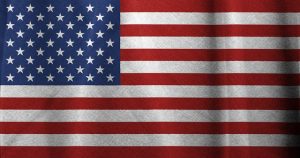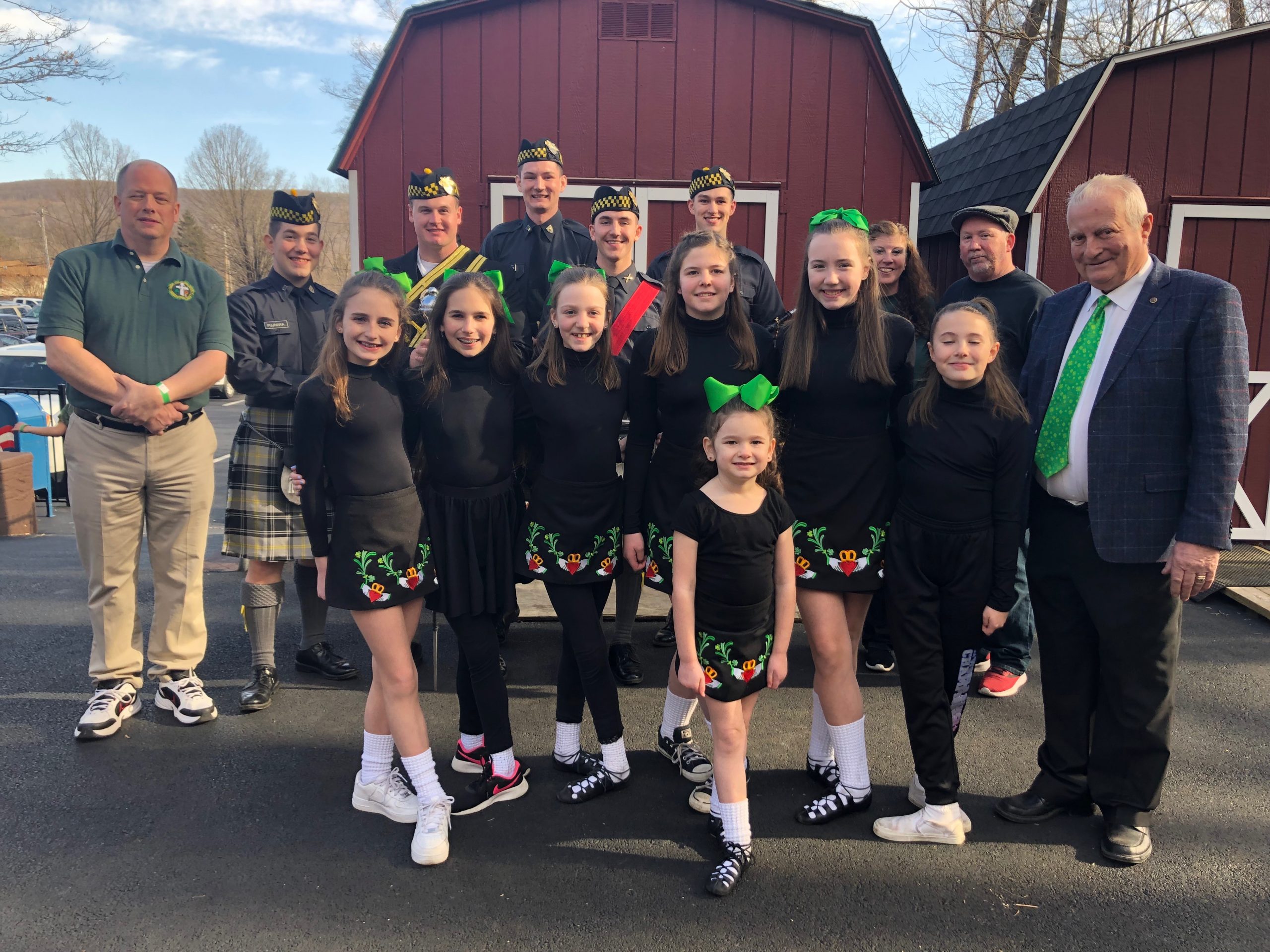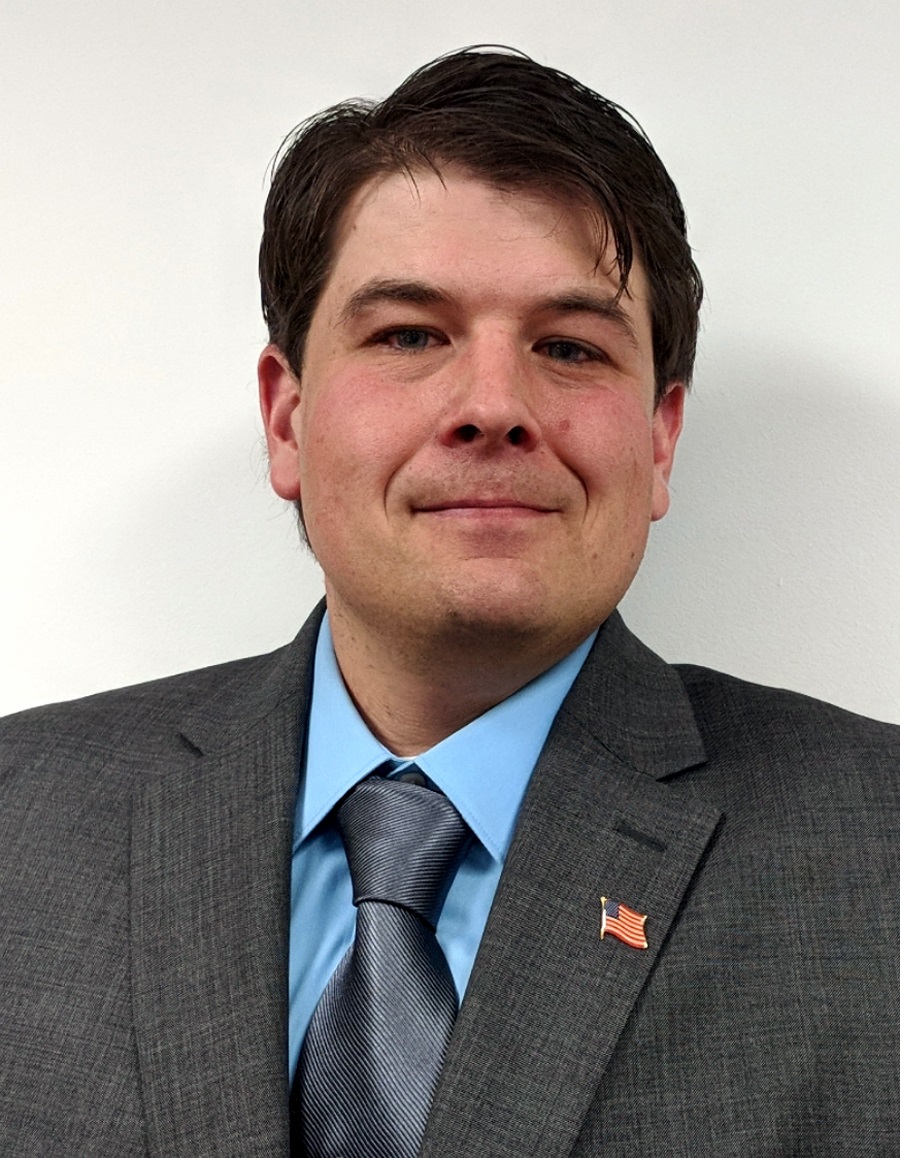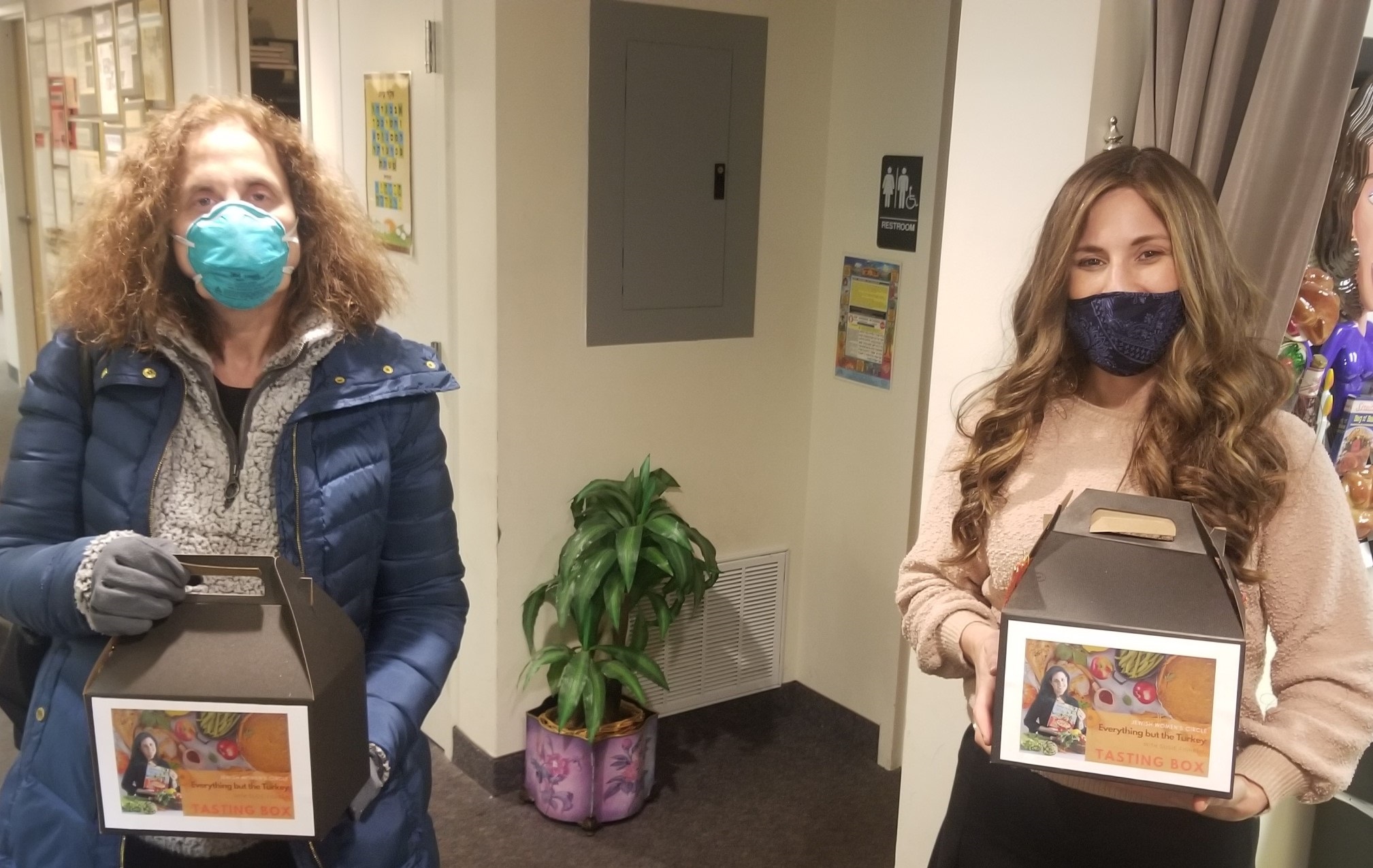Story by Lisa Rice
Following an opening executive session to discuss the employment history and disciplinary action of a particular individual on Mon., Dec. 9, the last regular meeting of the Warwick Valley Central School Board prior to the Wed., Dec. 18 public vote was monopolized by the Capital Project Proposition.
Superintendent Outlines Newsletter
Superintendent Dr. David Leach was joined by Assistant Superintendent for Curriculum and Instructional Services James Yap as well as Erik Boe and Michael McGovern from LAN Associates, an engineering and planning firm to review highlights of the newsletter that would be sent out to all residents in the school district the following morning.
Dr. Leach thanked the community members, parents, staff and others who helped work on the proposition put before voters. He commented that 64% of the nearly $15 million project would be funded through New York State aid and 36% out of the capital fund. He stated that there would be three polling locations and that they were hoping for a large turnout. The presentation included a slide show that broke down some of what would be included in the mailing.
Following the presentation, Board President Sharon Davis asked if the outdoor restrooms would be free standing. The two proposed facilities were outlined as a 600 sq. ft. building with three sets of facilities at the Sanfordville location and a 1,370 sq. ft. building with eight sets of facilities at the High School.
Board member David Eaton asked when the work would begin, if voters approve the proposition, and was told that it was anticipated to start in the Fall 2020, pending State approvals, with the hope that if done in the Fall they could avoid premiums. It was noted that the roof over the high school auditorium would get done sooner rather than later, probably over the summer.
Residents Voice Disapproval
For nearly one hour, community members addressed the Board with their concerns, with many voicing disapproval and three thanking the Board for the capital project proposition opportunity.
First to speak was Howard Horowitz, who, upon being informed that he would have four minutes to address the Board asked for another opportunity to meet with them to give a larger presentation on the hazards of artificial turf. He stated that the primary responsibility of the Board is the health and safety of the students and referred to several studies that showed the ill effects of turf fields on student athletes, including one statistic that of 260 youth cancers, half are soccer goalies.
“The federal government has only begun to study,” Horowitz said. He urged the board and public to see the movie “Dark Waters” currently in theaters to see the effects of PFAS and how they migrate into water. He further stated that the lifespan of artificial fields is about eight years and that disposal is very expensive.
“The idea of putting a matter of science to public vote is a potential catastrophe,” he further stated. He said that it isn’t too late to remove that particular item from the vote. Stating that he is always supportive of the school budget, this time he will vote against it for the safety of children.
Horowitz invited the public to view the studies he found about the health concerns of turf fields at the Albert Wisner Library Help Desk.
Plastic Bags & Straws Out, Plastic Fields In?
Mary Makofske echoed Horowitz’s safety concerns and said that there are many conflicting studies. She said that it is unsettled and the board is taking a chance. She pointed out the irony that at a time when efforts are being made to eliminate the use of plastic bags and straws, the board is looking to remove natural grass to replace with plastic. “This is the wrong message to send our children,” she said.
Makofske then said she read that New York would be paying over 60% of the expenditure, but wondered if the state would pay to replace it in 10 years. “Probably not,” she said. “It will hit the taxpayers.” And then, she said, if the district tries to go back to grass, the soil will be dead.
She further said that she wishes the School Board had sought input from people who know about “such things.”
“I also wish these had been two separate issues,” she said. “Necessary issues were grouped with unnecessary making it a difficult vote for many people.”
Bundling Vote & Delay of Newsletter
The disapproval of the School Board’s “grouping” of the proposed field enhancements with items such as new windows, roof replacement and new boilers, as well as the decision to send a newsletter only days before the vote, was echoed by several following speakers.
Theresa Benjamin asked if the Board reached out to “this community, where we can grow anything? Yet, we’re putting in a concrete, plastic field?” She further stated that the newsletter was coming out too close to the vote and that the Board should “think about tabling the field” and remove from the bundle.
“This is a forever chemical. Every taxpayer should know what this will be made of,” said Benjamin.
She also commented that a box of rubber/cement was put out for students in gym class in October, yet when hundreds of parents came to Parent/Teacher meetings, the box wasn’t there.
“If it’s going to be bundled, I can’t vote for these other wonderful capital improvements,” said Benjamin.
Stephanie Kowalsky stated that she is “embarrassed that you guys are pushing this off on us [voters]…I don’t feel that it was necessary to push fields with the necessities.”
“Asking people to educate themselves in days before a vote, receiving this is the mail, it feels like it was done on purpose to avoid push back,” said James McKosker. “I don’t like that it’s bundled with needs versus wants. This information was available for months in advance. In the October meeting, we were told something would be mailed out; who knew it would be so close to the vote. People don’t peruse the website. The elderly in the community won’t know until it’s too late. It’s regrettable that it was handled this way.”
The question of why the enhancements were “bundled” with what is seen as more urgent repairs has been asked at previous meetings as well. This time, as well as the past meeting, it was not addressed as per the Board policy. The superintendent did not respond to a follow up question regarding why the decision was made to bundle the items or whether it could still be separated prior to the vote.
John Barnett, a former WVHS football player who has done repair work for OU BOCES, and has “lived here all [his] life” asked why there needed to be replacements instead of repairs. He asked why the newest school in the district, Sanfordville Elementary, needs new boilers. He questioned why there is any surplus in the capital fund and why that wasn’t refunded to tax payers. “Why should I be pushed out of the town I grew up in?” he asked.
“This is an ill-conceived, ill-considered plan to install plastic, artificial turf,” said Peter Hall. “Even the NFL is against artificial turf.”
Former Warwick Town Councilman, Leonard DeBuck, the owner of DeBuck’s Sod Farm, targeted the presentation given by the superintendent in his opening remarks, stating that he couldn’t understand the huge cost differences between two same-sized fields at the high school and elementary school. According to the proposal, the two fields are the same size and both call for replacement of natural grass field with multi-sport artificial turf field lined for three sports. The cost to do this at the High School is $4,495,875 while the cost for the same work at Sanfordville Elementary is $1,353,786.
He recommended that the Board look at Michigan State University, where artificial turf was installed and then removed and replaced with a natural grass field. He discussed how school districts in Michigan that couldn’t afford expensive field renovations opted for sand cap systems at a cost of $88,000. He said that a similar process is done at Scenic Pond Golf Course in Pine Island.
“There’s a lot to be done,” he implored board members. “We can do it better together.
Several Speak in Support of Turf Fields
Not all speakers were against the controversial proposition. Ron Introini from the Village of Warwick Recreation Departmen thanked the school board for “giving the community a great opportunity.”
Justin Wright, a Physical Education Teacher and Coach said he looks forward to casting a positive vote. In response to the claim that turf gets hot (reportedly 50 degrees hotter than air temperature), lights on the field will allow coaches to reschedule practices accordingly. “I hope we can agree that keeping young people active is a priority. Warwick has mastered the art of changing.”
Greg Voloshin, an administrator of the Goshen Central School District, where artificial turf fields were just installed who lives in Sugarloaf stated that he has been nothing but impressed with the upgrades in schools and programs and said that “Warwick is on the cutting edge of 21st Century Education.” He said that he trusts the board and couldn’t be more pleased with the rollout, calling it “very transparent.”
Once public comments were heard, the school board adjourned the meeting without further comment.
Next Meeting Set for Jan. 13
The next meeting of the Warwick Valley Central School District will be held on Mon., Jan. 13 at 7 p.m. at the Dorothy C. Wilson Education Center.
The above article, written by Lisa Rice, has been published in the Dec. 18 issue of the Warwick Valley Dispatch.
For an update on the results of the WVCSD Capital Project Proposition vote, click here.







